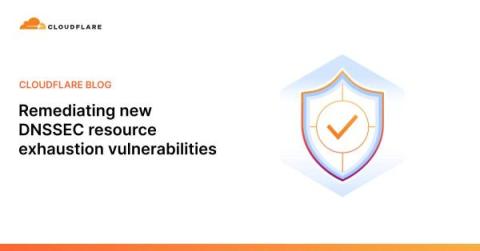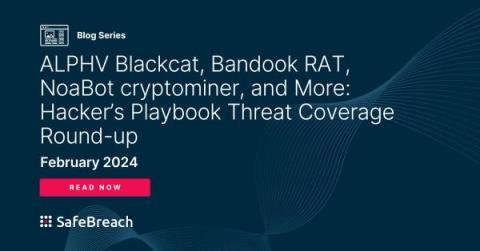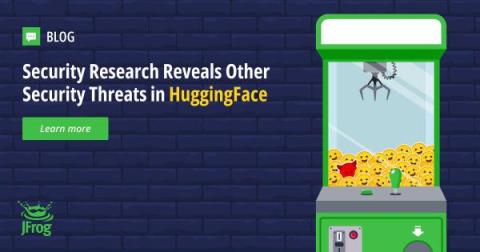CVE-2024-1071 - Critical Vulnerability in Ultimate Member WordPress Plugin
A critical security flaw, known as CVE-2024-1071, has been found in the Ultimate Member plugin for WordPress. This vulnerability, with a CVSS score of 9.8, poses a significant risk to over 200,000 active installations. It potentially enables attackers to extract sensitive data from compromised databases, presenting a severe threat to website security.











